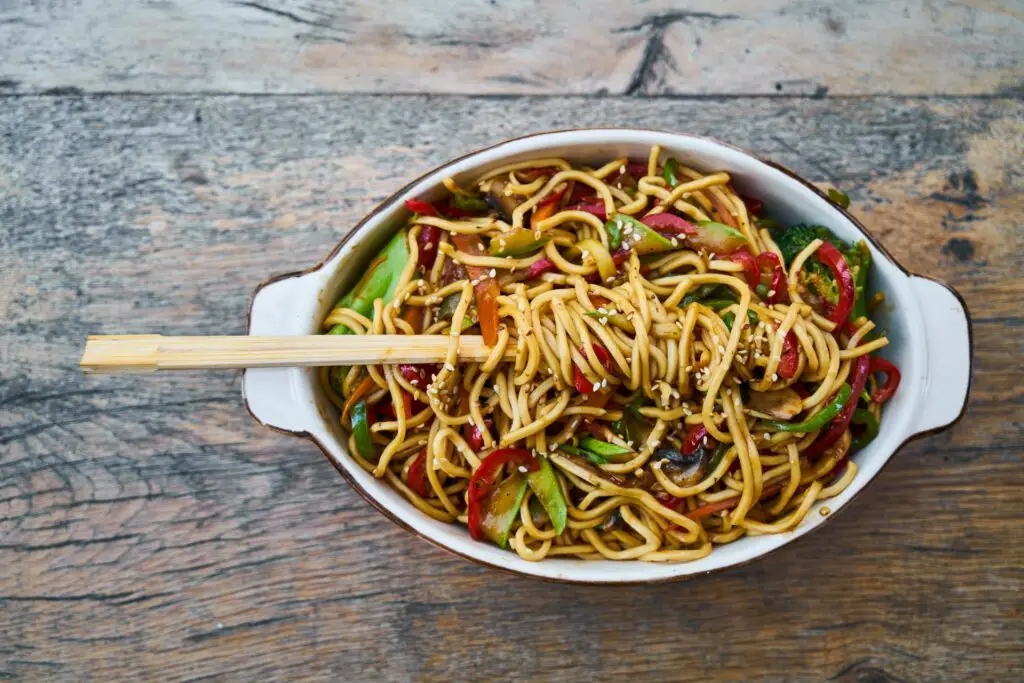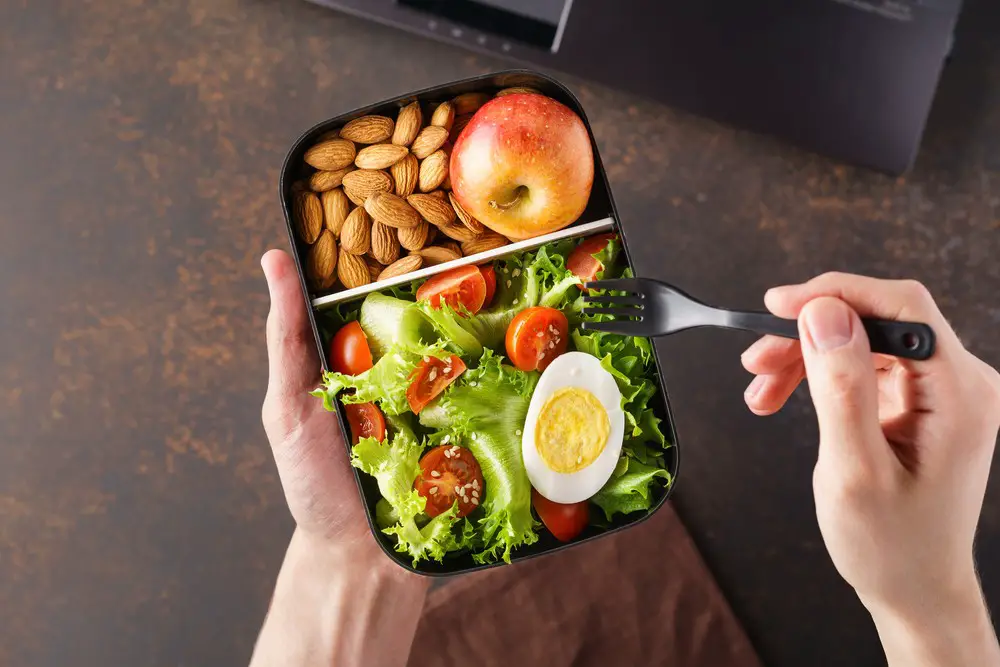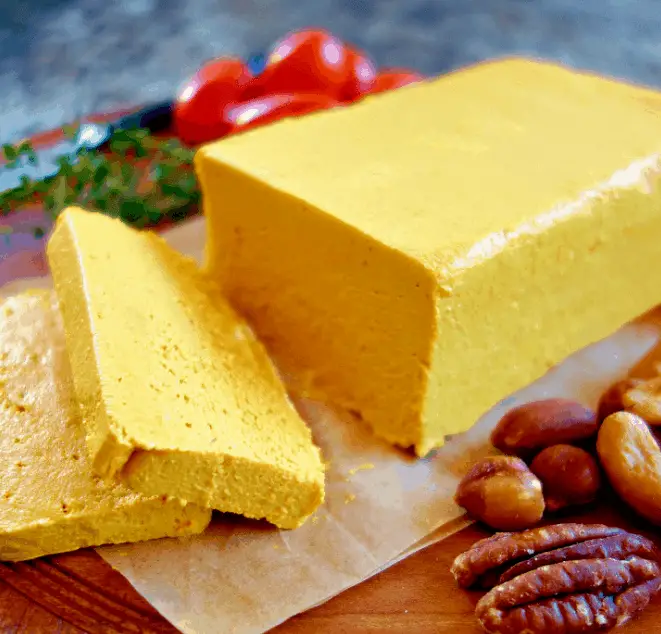We all want to limit the amount of waste we create, and the way we cook can be a make or break act in this context.
The good news is that with a few clever strategies up your sleeve, you can serve an entire family healthy meals while still making sure you aren’t subverting your principles of sustainability. Read on for a rundown of what this involves.
Use a Meal Kit Delivery Service
First up, take advantage of a healthy food delivery service as an excellent approach to cut waste. These meal kit delivery services provide you with exactly the quantity of ingredients needed for each recipe. That means no more buying in bulk only to dispose of unused parts later.
Another advantage is that they enable precise cooking without unnecessary food leftover, and are typically customizable towards dietary preferences or restrictions, all while saving time grocery shopping. As such it’s both eco-friendly and health-conscious.
Explore Fresh Foods Marketplaces
One of the most effective ways to reduce waste when cooking healthy meals for your family is by exploring fresh foods marketplaces. These markets specialize in offering locally sourced, ripe, and usually package-free produce.
Choosing fresh ingredients not only enhances the taste and nutrient content of your meals but also helps you evade excessive packaging that could end up as waste. Moreover, it’s a great way to support local farmers and contribute positively to your community’s economy.
Many fruits or veggies sold in supermarkets are often thrown out if they go unnoticed past their peak freshness, which is something that can be avoided if you buy straight from local vendors who aim to sell all of their harvest. Buying fresh means saying no both to food wastage and needless plastic wrapping around our groceries.
Embrace the Art of Meal Prep
Mastering the art of meal prepping can significantly reduce food waste. Not sure how? Here are a few tips:
- Plan Your Meals: Start by planning your meals for the week ahead based on what ingredients you already have at home.
- Buy Only What You Need: Once your meals are planned, understand quantities and buy only what is necessary.
- Batch Cooking: Prepare dish components in bulk (like roasted veggies), then mix and match to create different variations.
By committing to meal prep, you not only ensure that all purchased ingredients get used up but also control portion sizes, therefore reducing leftovers. Moreover, with ready-to-consume batches waiting in your fridge, you’re less likely to order takeout, which is another massive contributor to environmental waste.
Understand Portion Sizes to Avoid Waste
Knowing your portion sizes is a crucial step towards eliminating food waste. Here are some simple strategies:
- Use Measuring Tools: Instead of relying on eyeballing it, use measuring cups, spoons and scales to get the exact quantities.
- Size Your Servings Right: Embrace sensible serving portions consistent with dietary guidelines, thereby reducing leftovers from oversized meals.
- Review Package Directions: Heed advice provided on packaging for accurate serving sizes.
Understanding and applying correct portion sizes means you not only reduce wasted food but also maintain healthier eating habits. So remember that the key is not just about limiting what goes into our bodies but also curtailing excessive preparation that can lead to unwarranted wastage in the long run!
Leftovers: Your Secret Weapon Against Waste
Don’t underestimate the potential of leftovers. They’re your secret weapon in the war against food waste. Leftover meals can serve as budget-friendly, quick options for your next meal. Here’s how:
- Reinvent Your Dishes: With a little creativity, you can transform last night’s roast veggies into today’s salad topping or sandwich filler. This is just one example of what’s possible if you don’t immediately throw out what remains once you’ve had your fill.
- Freeze Portions: Store leftover food in individual serving sizes to reap the benefits on busy days later on. This makes it easier than having to separate out an entire batch that’s frozen solid.
- Share Leftovers: If you have too much left even after squirreling a little away for your own use, share it with friends or neighbors.
In short, every bit saved from being tossed into the bin isn’t just good sense, but it’s also a step toward nurturing a healthier planet. So next time you end up with extra food post meal-time, think about repurposing it instead of jumping straight to disposal.
Final Thoughts
Essentially, you need to try lots of different tactics to cook healthy meals while cutting out waste, so try out a few of these tips and see what works best for your household.







